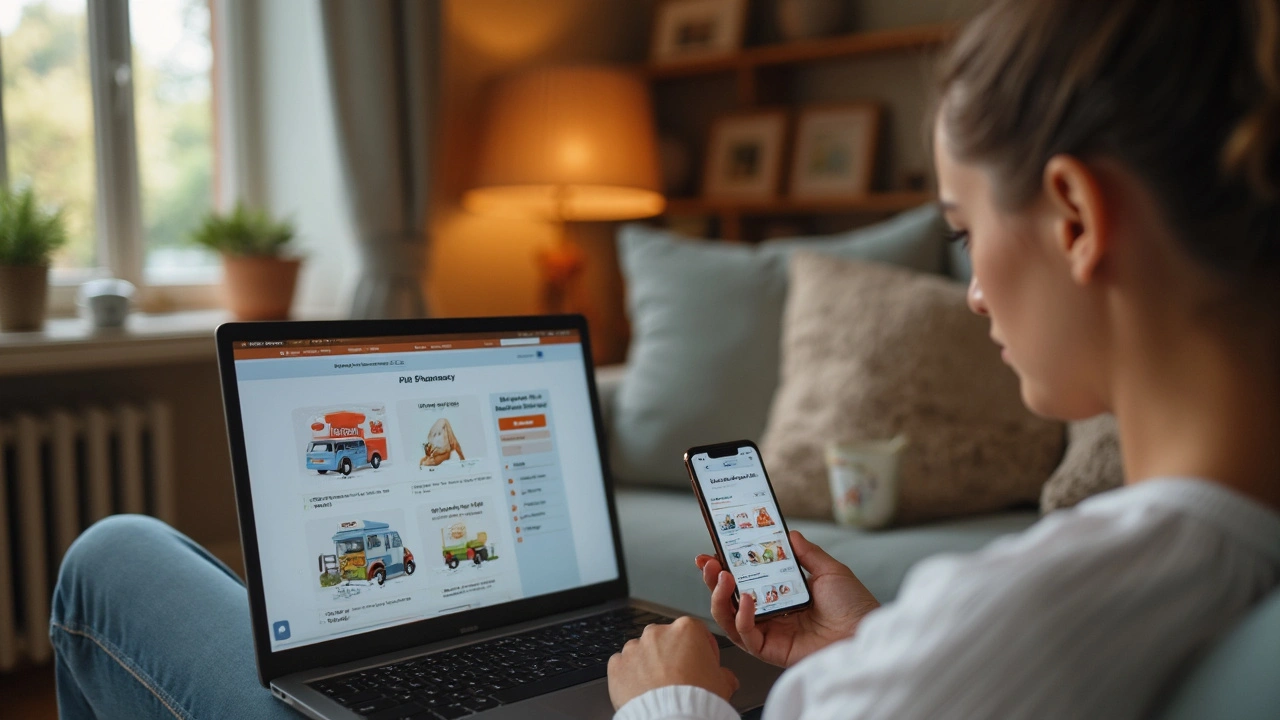Telehealth: Practical Tips for Virtual Visits and Online Prescriptions
If you’ve ever done a video call with a doctor or used an app to message a nurse, you’ve used telehealth. It’s fast, convenient, and often the best option for everyday concerns—but it has limits. This page gives clear, usable steps so your virtual visits go smoothly and any prescriptions you need arrive safely.
How to prepare for a virtual visit
Before your appointment, gather your essentials: a current list of medicines, recent test results or photos of symptoms, and your insurance or ID info. Test your camera and microphone on the device you’ll use. Close other apps to avoid interruptions and make sure lighting shows your face and any affected area clearly.
Write a short timeline of symptoms and the top three questions you want answered. That keeps the visit focused and cuts the chance of missing something important. If you need a translator or family member present, arrange that in advance.
Be honest about your medical history, allergies, and past reactions to medicines. Telehealth relies on your information; small details can change a safe prescription into a risky one.
Safe ways to get prescriptions online
Most doctors can send a prescription to a local or online pharmacy after a telehealth visit. For routine meds like blood pressure pills, inhalers, or antibiotics, this works well. Controlled substances (some pain meds, certain sleep or anxiety meds) often need in-person checks by law—don’t expect automatic refills for those over video.
When choosing an online pharmacy, look for clear contact info, a visible license or pharmacy accreditation, and a requirement to show a prescription. Red flags: prices that seem impossibly low, no pharmacist contact, or sites that skip prescriptions entirely. If it feels shady, don’t order.
Keep records of the prescription: the prescriber’s name, the pharmacy, dose, and instructions. If a pharmacist calls with questions, answer them promptly to avoid delays.
Privacy matters. Use the clinic’s official portal or a well-known telehealth app rather than free chat rooms. Avoid public Wi‑Fi during a visit and check the app’s privacy policy if you’re handing over medical history or photos.
Telehealth works great for follow-ups, chronic condition check-ins, medication questions, rashes, colds, and mental health check-ins. It’s not the right choice for chest pain, severe shortness of breath, sudden weakness, major bleeding, or severe allergic reactions—go to urgent care or emergency services for those.
After the visit, track how you feel on the new medication and report side effects immediately. If the medicine isn’t working or causes problems, ask for a quick follow-up or an in-person visit. Telehealth should make care easier, not riskier—use it smart, and it will pay off.
